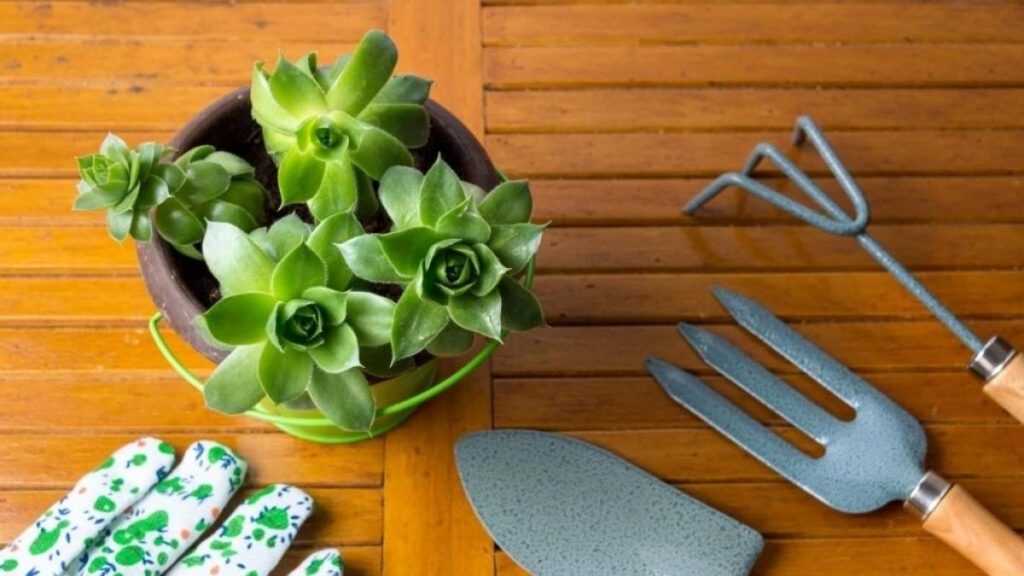During the first couple of months, Hens and Chicks need to eat a good supply of pellets, but as they grow, they can also be given mild liquid fertilizer. Once a month, especially in the spring, you can feed your plants with this fertilizer, and you can also supplement this with a few extra pellets. Once the plants reach a certain size, you can add a second feeding during growth problems. In addition to being able to feed your plants, Hens and Chicks also produce lots of baby plants.
Watering hens and chicks
Hens and chicks are not only beautiful to look at, but also to care for. They need a certain amount of water every day in order to stay healthy. While they cannot reproduce on their own, they can produce shoots that will grow into eggs. The soil surrounding the eggs and chicks must stay moist at all times, because their roots can be sensitive to changes in moisture. Fortunately, there are several ways to properly water hens and chicks.
In spring, Hens and chicks will be rooting and thriving. But if the weather turns cold, they won’t grow and thrive as quickly as they would in a warm, moist environment. For best results, water your Hens and Chicks in early morning. Be sure to use softened water, as it may affect the health of your hens and chicks.
Hens and chicks are succulent plants that store water in their stems and leaves. They grow quickly, producing many baby plants in a short amount of time. Plant them in a pot or garden bed, and water them thoroughly every few days for about 10-15 seconds. You can use a watering can to water your plants, but remember not to wet the leaves! You don’t want to break their stems or leaves.
Providing partial shade
When it comes to the sun, care For Hens and Chicks do best in full sun. However, they do need some partial shade in order to be healthy and happy. Providing partial shade is essential for the plants that your chickens will eat. In most cases, partial shade means protecting your plants from afternoon sun with netting or shade cloth. If you do not want to spend the time and money installing shade netting, you can cover a plant with a shade cloth.
If possible, provide your hens and chicks partial shade. They are happy with some afternoon shade. However, if you want your chicks and hens to get the full benefits of sunlight, you should consider moving them to an area that receives full sun. Using artificial lighting to supplement natural light may also be a good idea for you. You should also remember to water your plants in the early morning hours to prevent over-watering and damage to the plants.
In addition to providing partial shade for your chickens, you can also plant a small tree or shrub in their yard. The trees and shrubs that are most attractive in hen and chick yards are hardy succulents that are easy to grow. They tolerate a wide range of light and temperature conditions and will bloom and flourish in partial shade. Providing partial shade is important for the plants, as it provides protection from the hot afternoon sun and allows the foliage to reach full color.
Planting in full sun
Hens and chicks are easy to grow. The leaves of these plants have distinctive, colorful patterns, and some varieties can change color depending on how much sunlight they get. For example, a green plant with red tips will eventually turn red, and some varieties have delicate cobwebs on their leaves. When grown indoors, these plants can add a lovely texture to a rock garden.
Because hens and chicks are drought-tolerant perennials, they need very little watering, and they can survive without much care. They also grow well in temperatures between 65 and 75 degrees Fahrenheit. However, they do not do well in extremely hot or cold temperatures, so plant them in partial shade or full sun. Hens and chicks can be grown outside their recommended growing zones, so be sure to check the specifics of the climate in your area before you start planting.
The soil in a garden is usually quite deficient in nutrients. Hens and chicks will thrive in a nutrient-poor soil, and you’ll only need to fertilize them once a year in the spring. They don’t need frequent repotting, but if they grow out of their pots, you can repotte them. Choose a pot with a wider base or a larger one.
